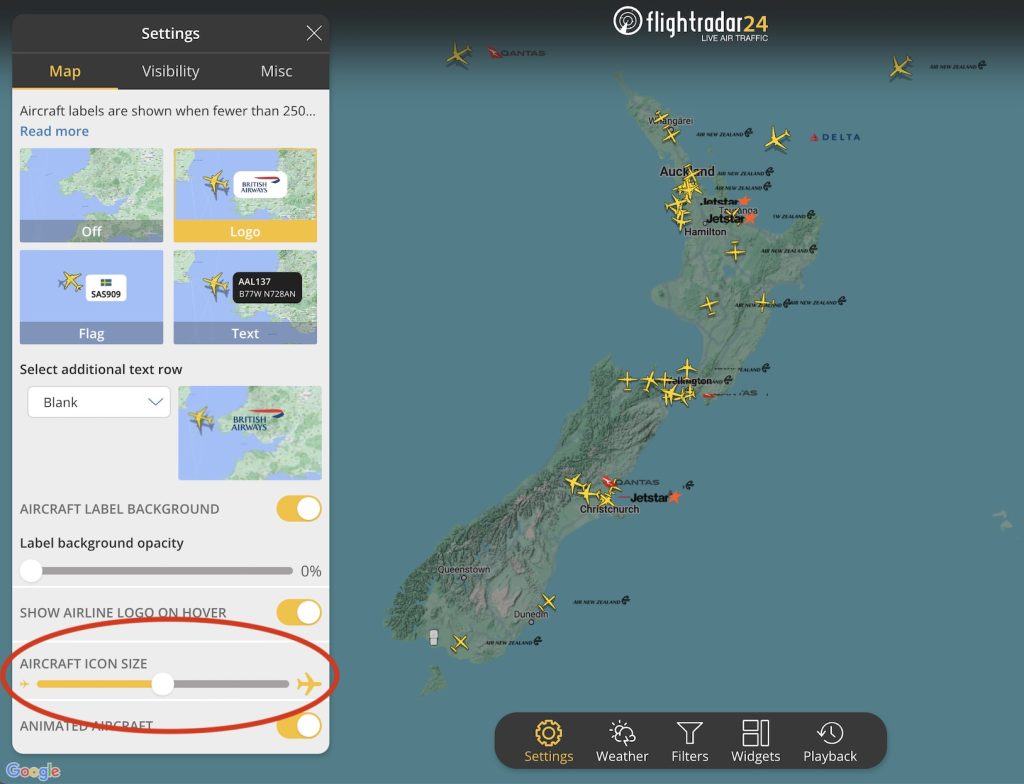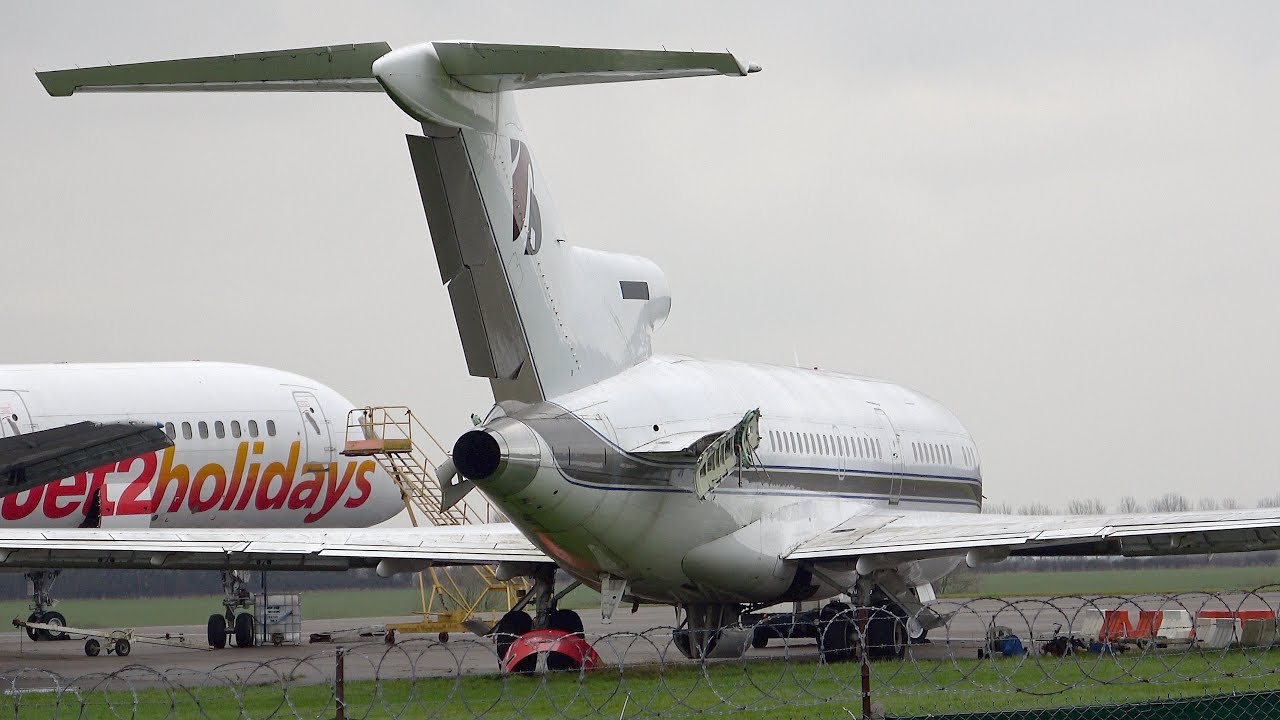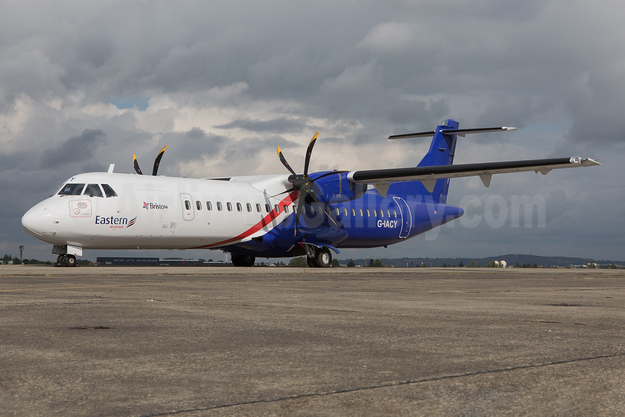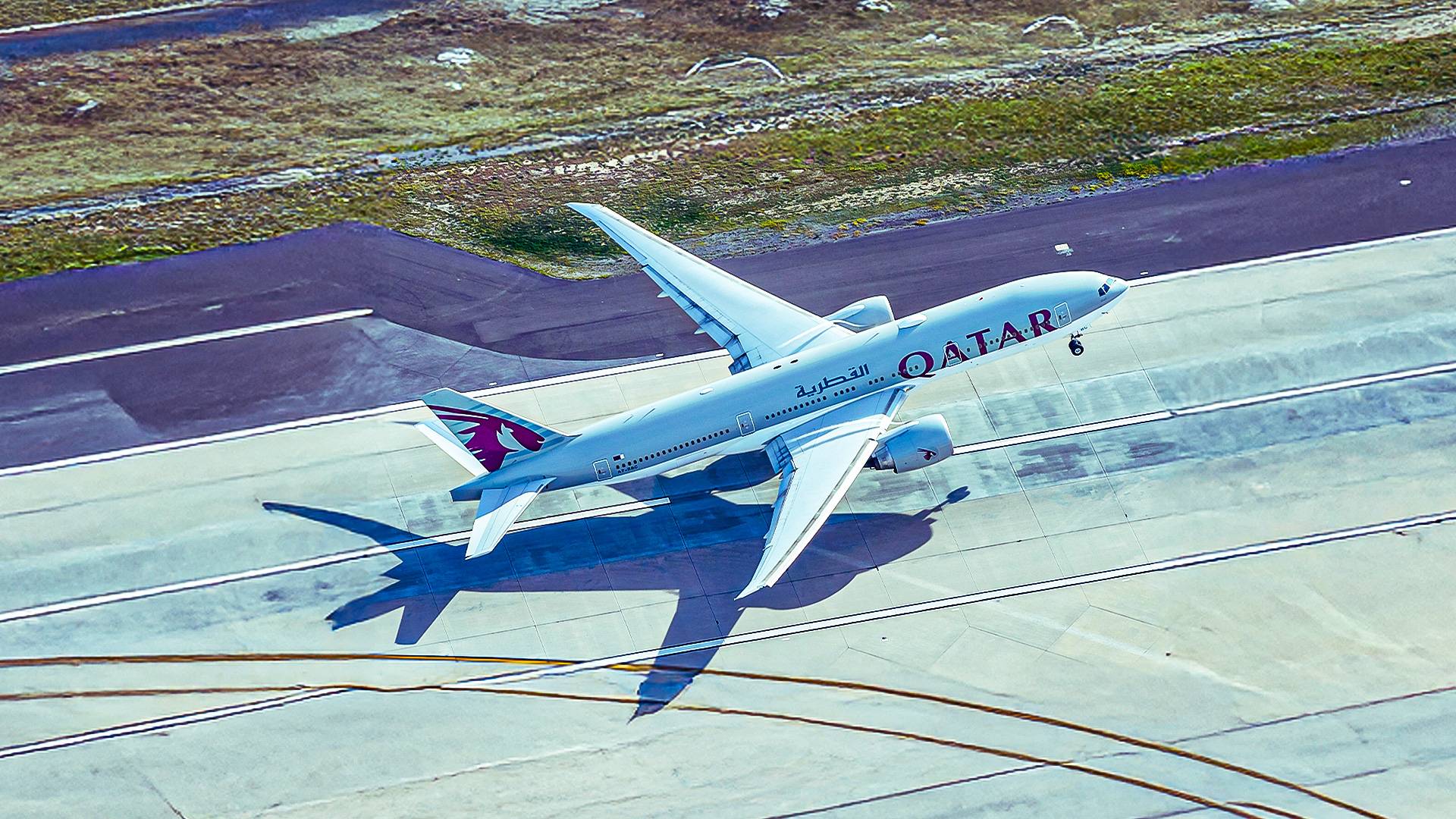
Introduction
Flight radar technology plays a crucial role in modern air traffic management and travel safety. As air travel becomes increasingly popular, the need for accurate tracking of flights is essential for both air traffic controllers and passengers. With the rise of digital platforms that allow real-time tracking, understanding how flight radar works and its significance has never been more pertinent.
What is Flight Radar?
Flight radar systems utilise a combination of ground-based radar and satellite technology to monitor and display the position of aircraft in real time. This information is crucial for air traffic control (ATC) to ensure safe distances between aircraft, guide them during landing and take-off, and manage flight paths.
How Flight Radar Works
There are several mechanisms involved in flight radar functionality. Primary radar systems emit radio waves to detect the position of an aircraft, while secondary radar systems receive information from transponders on the aircraft that provide data such as flight number, altitude, and speed. Recently, ADS-B (Automatic Dependent Surveillance–Broadcast) technology has emerged, enabling aircraft to periodically broadcast their GPS position, enhancing tracking accuracy.
The Rise of Online Flight Tracking Tools
In recent years, online platforms like Flightradar24 and FlightAware have revolutionised how passengers and aviation enthusiasts track flights. Users can see live flight paths, estimated times of arrival, and delays, making it easier to plan their journeys. With mobile apps, real-time alerts about changes in flight status are also available at users’ fingertips, vastly improving the travel experience.
Impact on Travel and Safety
The importance of flight radar extends beyond convenience; it significantly enhances safety in air travel. Accurate tracking allows for better decision-making by air traffic controllers and pilots, reducing the risks of mid-air collisions and ensuring smooth flight operations. Moreover, in emergencies, real-time data can facilitate faster response times, potentially saving lives.
Conclusion
Flight radar technology represents a vital component of modern aviation, enabling safe and efficient air travel. As technology continues to advance, we can expect further innovations that will enhance radar capabilities, leading to even greater safety and efficiency in the skies. For passengers, flight radar tools not only provide peace of mind but also an empowered travel experience with instant access to flight information. Keeping informed about such advancements in flight tracking will be beneficial for travellers who wish to navigate the complexities of air travel confidently.
You may also like

Cotswold Airport: A Significant Hub for Aviation in the UK

Everything You Need to Know About Eastern Airways Flights
